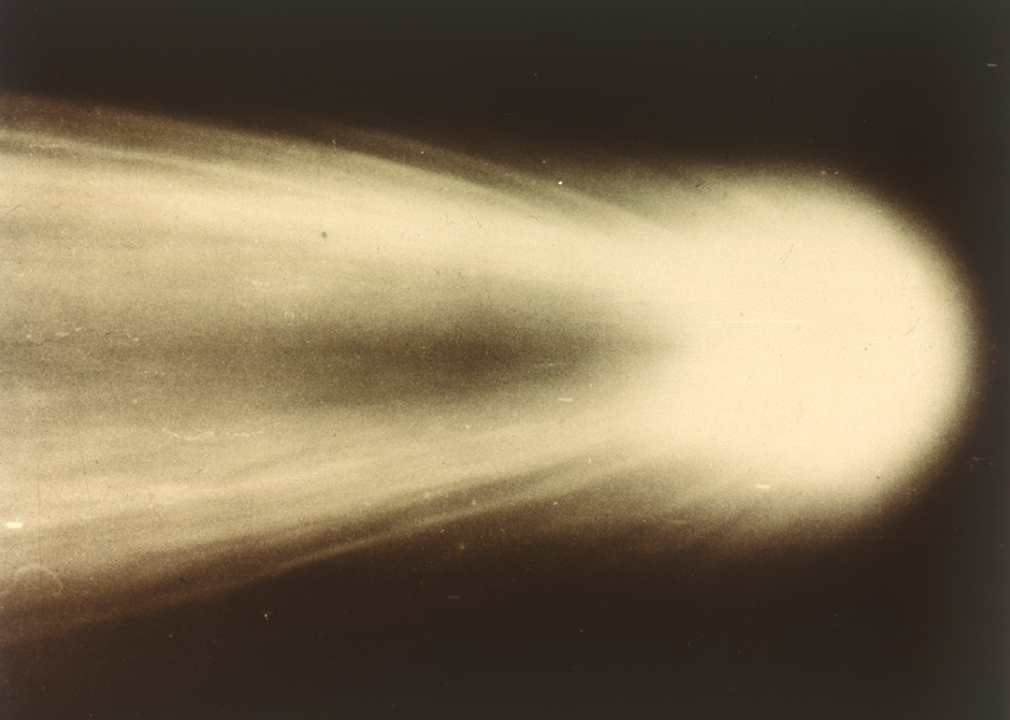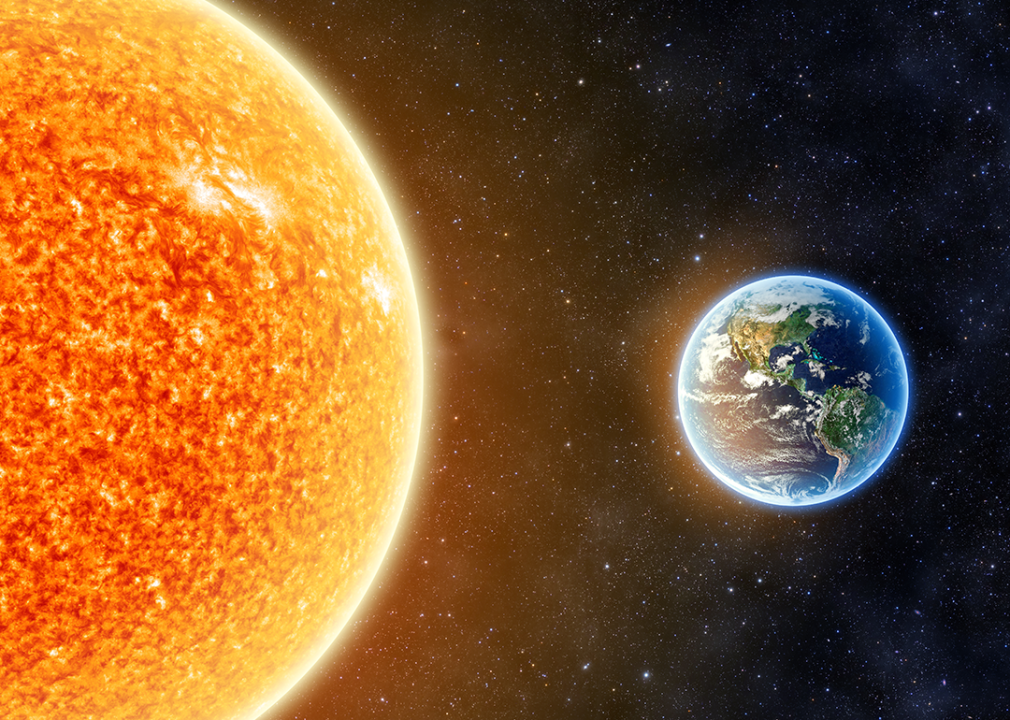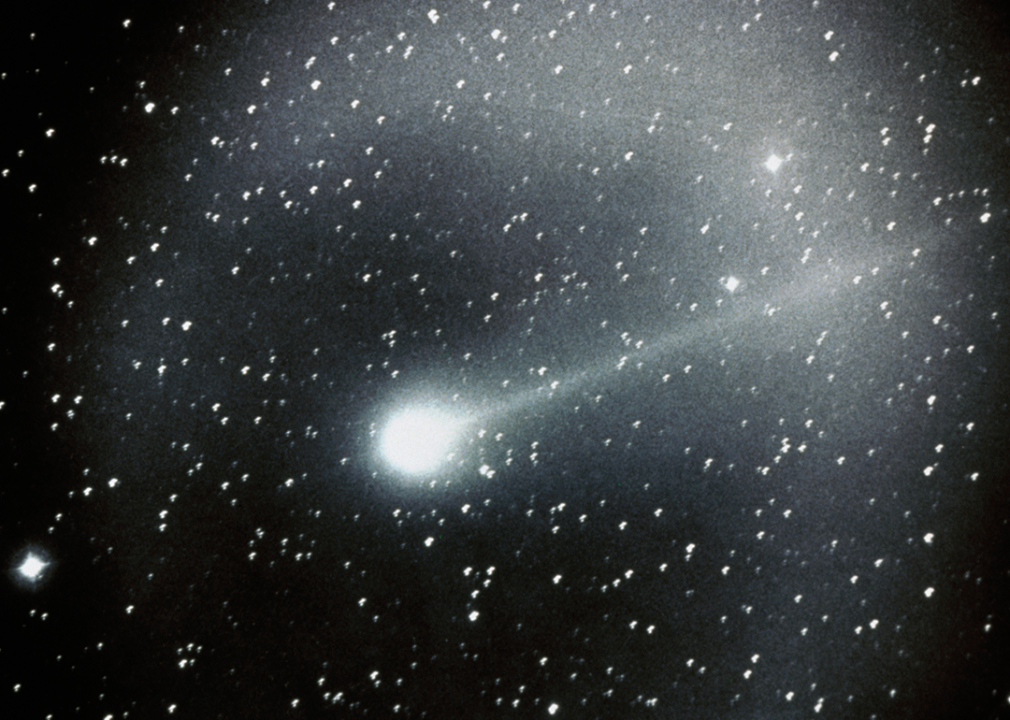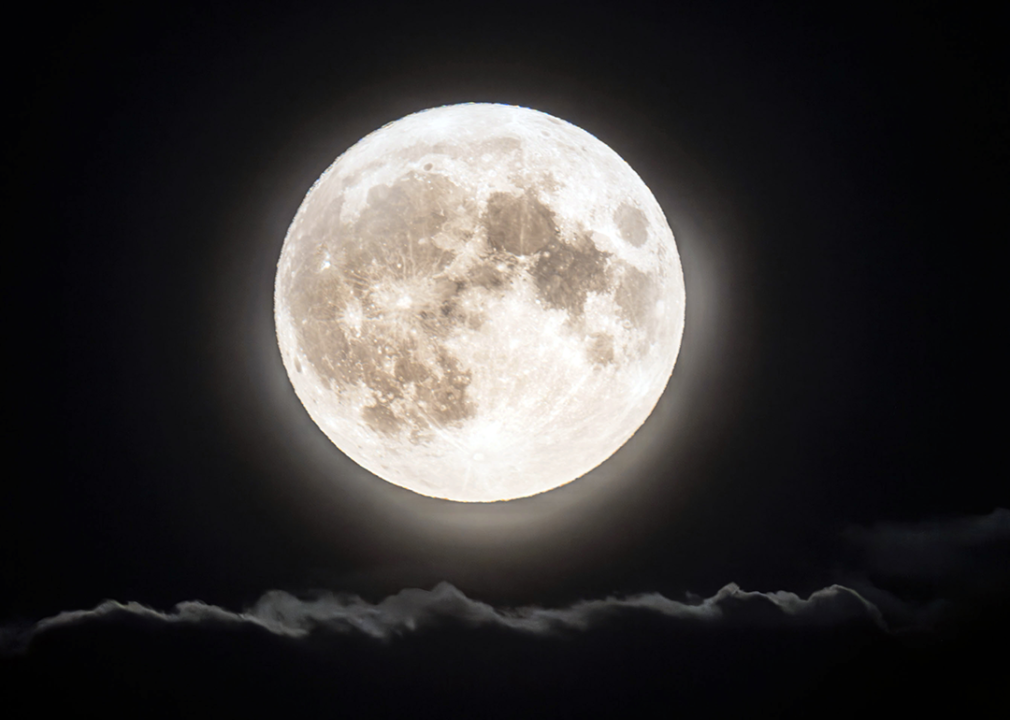5 of the rarest astronomical events—and when you'll next see them

Humans have been looking to the sky to make sense of the world around us for thousands of years. Ancient cave paintings seem to show humans began using the position of the stars to keep track of time as early as 40,000 years ago. Archaeological evidence also indicates astronomy was one of the first natural sciences developed by many ancient civilizations.
Based on the earliest recorded history, humans have long tried to assign scientific, philosophical, and spiritual meaning to the movements of stars and planets. Alongside the development of astronomical knowledge was the belief, held by many ancient cultures, that celestial bodies controlled and predicted happenings on Earth, forming the origins of astrology.
Even in the fast-paced, tech-driven world of 2024, many of us still love gazing at the night sky. Astrology, long since discredited as pseudoscience, has nonetheless maintained a position of mystical importance for many trying to make sense of the world around them. Astrology has also become a massive industry, with a market size valued at $12.8 billion in 2021—a number that is projected to nearly double by 2031.
Both astronomy and astrology have remained sources of fascination and inspiration to humans today. References to astronomical bodies and anomalies are ubiquitous in every part of popular culture and media. If you spend enough time in a mall or grocery store, you'll probably hear a classic like "Total Eclipse of the Heart" or "Fly Me to the Moon." Visions of the night sky are also prominently featured in art and have been for a long time. The 11th-century "Bayeux Tapestry" depicts the Battle of Hastings and includes one of the first known illustrations of Halley's Comet. Medieval and Renaissance art was also heavily influenced by ruminations on the cosmos.
While some astronomical events like full moons or shooting stars are commonplace, others are so rare they may never occur in your life span, or even your children's. Stacker consulted scientific articles and news reports to discover five of the rarest astronomical events and when they'll occur next.


8 planets in the same night sky
You've probably watched action movies where all eight planets align, but this is virtually impossible based on the currently accepted laws of physics. According to experts, all eight planets only line up within 1 degree every 13.4 trillion years. Since scientists think our solar system only formed around 4.6 billion years ago—and roughly 5 billion years from now, our sun will collapse under its own mass—this phenomenon will likely never occur.
While no inhabitants of this solar system will ever see all eight planets align, future generations may be able to see all eight planets within the same 180-degree-wide patch of the night sky. This event is predicted to occur on May 6, 2492. For those who can't wait quite that long, five planets—Jupiter, Saturn, Mars, Venus, and Mercury—will appear in the same part of the sky in 2040.

Transit of Earth
In astronomical terms, a planetary transit occurs when a planet passes before the sun.
People on Earth can't see an Earth transit, although, from our vantage point, Mars appears uniformly illuminated by the sun during an Earth transit. If you observed this phenomenon from Mars, however, Earth would look like a tiny black dot on the face of the sun. Depending on the moon's location in its orbit, you may see it as an even smaller black speck next to Earth.
Earth transits, as seen from Mars, typically occur in intervals of 25 to 100 years. The last transit took place on May 11, 1984, and the next one is scheduled for Nov. 10, 2084.

Halley's Comet
Comets are large formations of ice and dust orbiting the sun that appear as bright objects with a characteristic long, streaking tail. They are actually remnants from when the solar system was formed 4.6 billion years ago.
Records show that humans have been observing Halley's Comet for over 2,000 years. It's named after British astronomer Edmond Halley, who realized that comets viewed in 1531,1607, and 1682 were likely sightings of the same comet making repeat trips by Earth. He also correctly predicted the comet would reappear in 1758, years after his own death. Halley's discovery was the first to prove comets could make periodic return visits to our night sky, disproving the idea that all comets only move through our solar system once.
Halley's Comet appears in our sky roughly every 76 years. The famous comet last passed by the Earth in 1986 and is projected to return sometime in 2061.

Meteor procession
Meteors, also known as shooting stars, are space rocks that enter a planet's atmosphere at very high speeds and rapidly burn up. For most nights, you can usually see a few meteors every hour or so, but when this amount increases greatly, the event is called a meteor shower.
Seeing a meteor or meteor shower can be awe-inspiring, but on Feb. 9, 1913, some people were lucky enough to witness a meteor procession, an event scientists still can't fully explain. Unlike regular meteors, which seem to fall from the sky toward Earth's surface, meteors in the 1913 meteor procession traveled in successive groups parallel to the horizon, seemingly streaking across the night sky.
According to historical records, the meteor procession lasted several minutes. Making the event even more spectacular is the fact that it may have traveled more than a quarter of the way around the entire world.
Based on evidence from ships' meteorological log books and firsthand accounts, the track of the procession may have extended more than 7,000 miles. It's unclear when, if ever, a meteor procession will occur again.

Blue supermoon
A blue supermoon, otherwise known as a super blue moon, is the culmination of three astronomical events: a full moon, a supermoon, and a blue moon. You probably already know what a full moon is, but a supermoon is a moon both full and near or at the place in its orbit where it is closest to Earth, making it appear larger in the sky. Supermoons typically occur three to four times a year.
The moon is usually full once during its 29.5-day phase cycle, meaning there are 12 full moons every 354 days. Because this doesn't align with our 365-day calendar year, there is a full moon twice in the same month, roughly every 2.5 years. The term blue moon refers to the second full moon to fall within one month.
Blue supermoons are supermoons that are also the second full moon to occur within one month. While blue supermoons don't follow a regular schedule, they occur every 10 years on average. NASA predicts the next blue supermoons will happen in a pair sometime in January and March 2037.
Story editing by Eliza Siegel. Copy editing by Paris Close.
